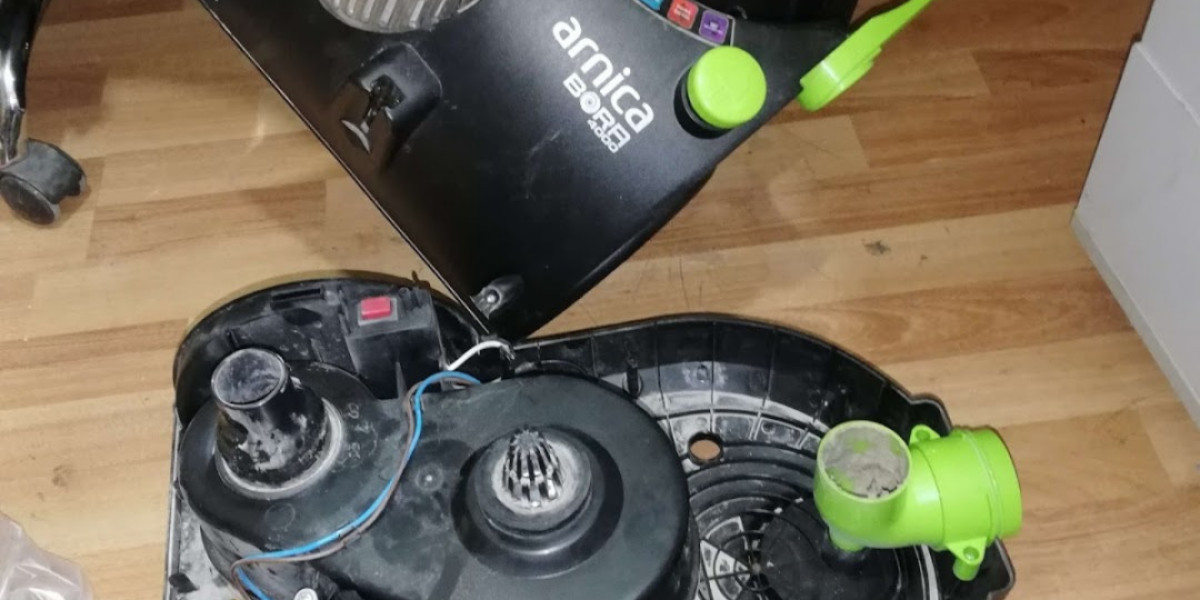Choosing the right breast pump flange size is crucial for new mothers who wish to express milk comfortably and effectively. This breast pump flange size guide will help you understand the importance of selecting the correct size and how it impacts your pumping experience.

What is a Breast Pump Flange?
The flange, also known as a breast shield, is the part of the breast pump that fits over your nipple and areola. It creates a seal to help extract milk from the breast. An appropriate flange size ensures that the pump functions efficiently while minimizing discomfort. But how do you know which size is right for you?
Why Flange Size Matters
Using the correct flange size is essential for several reasons:
- Comfort: A well-fitting flange reduces the risk of pain and irritation during pumping.
- Efficiency: The right size helps maximize milk output, allowing for a more effective pumping session.
- Prevention of Damage: Incorrect sizing can lead to issues such as clogged ducts or nipple damage.
How to Determine Your Flange Size
To find the right size, you can follow these steps:
- Measure your nipple diameter while your breast is relaxed.
- Consult the manufacturer's size chart to find the corresponding flange size.
- Consider trying different sizes, as personal comfort can vary.
For a more detailed sizing guide, visit  .
.
Common Flange Sizes and Their Uses
Flanges typically come in various sizes, ranging from 21mm to 36mm. Here’s a quick overview of common sizes:
- 21mm: Suitable for smaller nipples.
- 24mm: The most common size for average nipple diameters.
- 27mm: Ideal for larger nipples.
- 30mm and above: Designed for those with wider diameters.
Adjusting to Your Needs
It’s important to remember that your needs may change over time. Factors such as breastfeeding frequency, hormonal changes, and even weight fluctuations can affect your breast size and shape. Therefore, regularly reassessing your flange size is advisable.
In conclusion, understanding the breast pump flange size guide is vital for new moms. By ensuring you have the correct flange size, you can enhance your pumping experience, making it more comfortable and efficient. If you have any questions or need further assistance, don’t hesitate to reach out to a lactation consultant or your healthcare provider.







